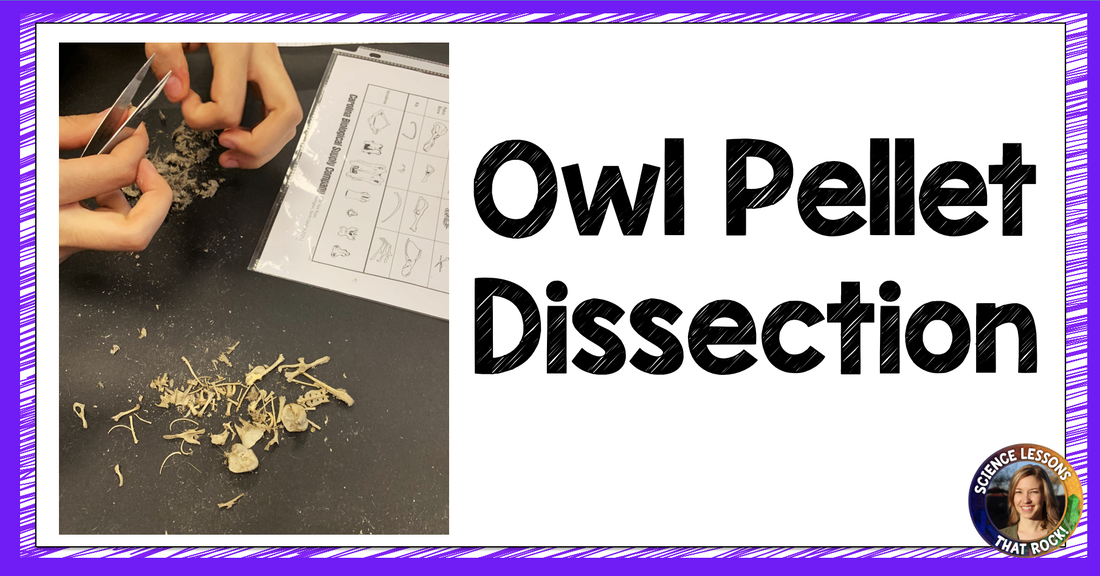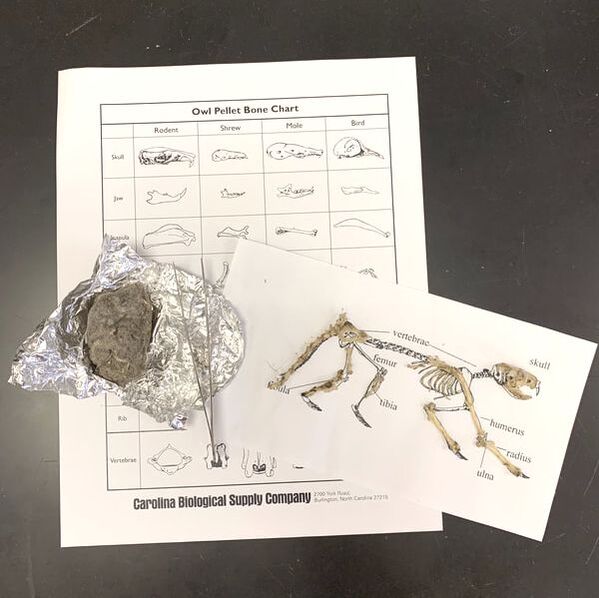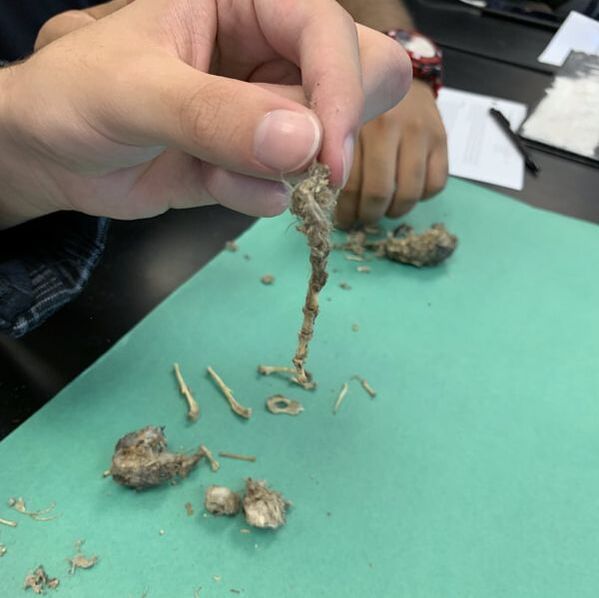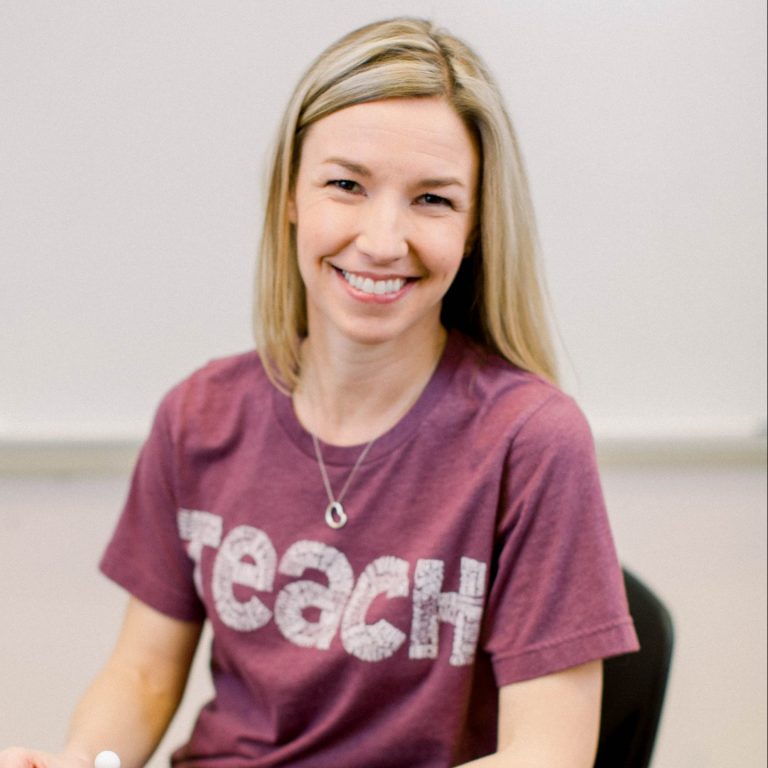All of those are valid questions to consider. I love doing the lab because owl pellets are relatively affordable (especially if you put students in groups of 2 or 3), and engagement is high.
Here are some ideas on how to up the rigor with high school students:
1. COMPARE PREY SPECIES- Depending on your budget, order both northwest and southwest pellets. You can have half the students dissect northwest pellets and the other have dissect southwest pellets. Compare the prey that are found and discuss the differences. Other birds of prey create pellets too- what would students expect to find in a heron or hawk pellet?
2. TROPHIC PYRAMIDS- After dissecting the pellets, have students turn the data into trophic pyramids. Students can create a pyramid of numbers using class data- for every owl (number of pellets you passed out), how many prey were found? They can also create a pyramid of biomass if you give them numbers to work with. Suppose an average barn owl has a mass of 500g and an average mouse has a mass of 20g. If one owl eats one mouse per day, what would a pyramid of biomass look like for 1 year? Have them work the math and draw it out.
3. ENERGY TRANSFER- Discuss energy transfer from prey to predator. You could give students hypothetical numbers (in joules or kcal) and have them calculate the percentage of energy transferred from one trophic level to the next. You’ll want it to work out to around 10%.
4. SKELETON ASSEMBLY- If time allows, have students take their bones and re-assemble the prey skeleton. You can easily google an image of a mouse skeleton and have students glue on as many bones as they can identify.
Looking for a lab worksheet for an owl pellet dissection? Click here! I also have a blog post with more food chain and web activities you might want to check out.
Let me know if you have any questions! Rock on!










